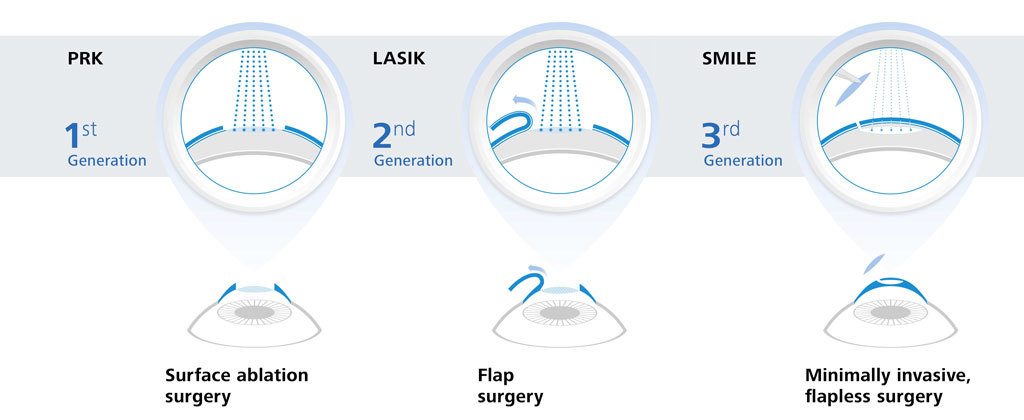Analyzing The Advantages And Disadvantages Of Typical Cataract Surgical Treatment Versus Laser-Assisted Approaches
Analyzing The Advantages And Disadvantages Of Typical Cataract Surgical Treatment Versus Laser-Assisted Approaches
Blog Article
Content Created By-McGraw Andreassen
When pondering the choice between standard cataract surgery and laser-assisted strategies, you might find yourself evaluating the advantages and disadvantages each approach offers. The choice surpasses the surface degree of price and accuracy, diving right into the realm of long-lasting outcomes and patient contentment. As you browse through the complexities of these 2 approaches, it ends up being vital to recognize the nuanced information that can considerably impact your aesthetic clearness and total experience. Keep tuned to reveal https://sethrlgzt.blog-eye.com/35199054/is-cataract-surgical-procedure-right-for-you-assessing-your-candidateship that will assist your decision-making procedure in this critical aspect of eye care.
Traditional Cataract Surgical Procedure Advantages And Disadvantages
When thinking about conventional cataract surgical treatment, you may find that it's a well-established and widely-used method. In this treatment, a specialist makes a tiny laceration in the eye and uses ultrasound to separate the cloudy lens prior to removing it. When the cataract is removed, a man-made lens is put to bring back clear vision.
One of the major advantages of typical cataract surgical treatment is its track record of success. Many patients have actually had their vision dramatically boosted through this treatment. Additionally, traditional surgical treatment is typically covered by insurance, making it a much more easily accessible alternative for many people.
Nonetheless, there are some downsides to typical cataract surgical treatment as well. Healing time can be longer compared to more recent methods, and there's a somewhat higher risk of complications such as infection or swelling. Some clients might additionally experience astigmatism or require reading glasses post-surgery.
Laser-Assisted Techniques Pros and Cons
Exploring laser-assisted methods for cataract surgical procedure unveils a modern-day method that utilizes laser innovation to perform crucial action in the treatment. Among the primary advantages of laser-assisted cataract surgical procedure is its precision. The laser enables extremely precise cuts, which can lead to much better visual outcomes. Additionally, the use of lasers can decrease the amount of ultrasound power needed throughout the surgical procedure, potentially decreasing the risk of difficulties such as corneal damage.
On the downside, laser-assisted strategies can be more expensive compared to standard techniques. This expense mightn't be covered by insurance coverage, making it much less easily accessible to some patients.
One more factor to consider is that not all cataract specialists are learnt laser technology, which can limit your choices for selecting a surgeon.
Lastly, while the laser can automate specific aspects of the treatment, the surgical procedure still calls for a competent doctor to make certain successful outcomes.
Relative Analysis of Both Approaches
For a thorough understanding of cataract surgery techniques, it's vital to conduct a relative analysis of both standard and laser-assisted methods.
Standard cataract surgical procedure includes manual lacerations and the use of portable devices to separate and eliminate the gloomy lens.
On the other hand, laser-assisted cataract surgical treatment utilizes advanced innovation to develop exact cuts and separate the cataract with laser energy prior to removing it.
In terms of accuracy, laser-assisted methods provide a higher degree of accuracy contrasted to standard methods. The use of lasers enables personalization of the procedure based on each individual's eye makeup, potentially causing better aesthetic end results.
Nevertheless, laser-assisted cataract surgical treatment tends to be a lot more costly than conventional surgery, which might restrict availability for some clients.
While both methods work in restoring vision damaged by cataracts, the selection in between conventional and laser-assisted techniques commonly depends on factors such as expense, precision, and private client needs.
Consulting with your ophthalmologist can help determine one of the most ideal approach for your cataract surgery.
Final thought
To conclude, when making a decision between standard cataract surgery and laser-assisted methods, consider elements like cost, accuracy, and specific requirements. read article offers a proven performance history and insurance policy coverage yet may come with longer recovery times. Laser-assisted methods provide greater accuracy and customization but can be much more pricey and not always covered by insurance. Eventually, the selection in between the two approaches depends on what is most important to you and your specific situation.
